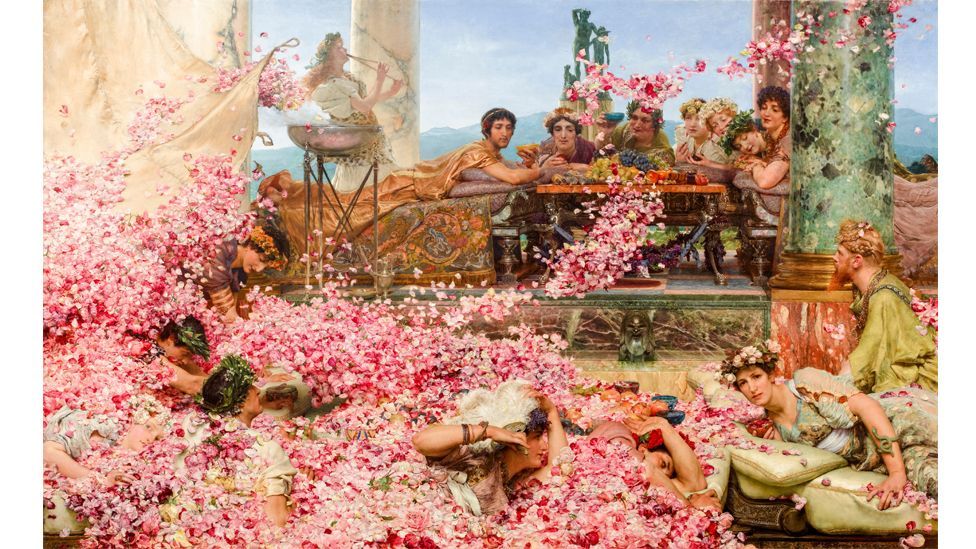“It might well be said of this beautiful flower, that nature has exhausted herself in trying to lavish on it the freshness of beauty, of form, perfume, brilliancy, and grace.” This is how Charlotte de la Tour describes the rose in her famous book Le Langage des Fleurs (The Language of Flowers). In it, the rose occupies a central and almost hallowed position. Her sentiments were nothing new; before the publication of her book in 1819, the rose had – for millennia – been prized for its beauty, both aesthetic and olfactory. Like de La Tour, the Greek writer Achilles Tatius called the rose the “queen of flowers” in the second century AD, and to Persian poets like Hafez, its loveliness was unrivalled. And the rose continues to be strongly associated with beauty today, as it does with love; but within its folds lie many other connotations, some of which aren’t as rosy. Ravishing: The Rose in Fashion, an exhibition at New York’s Fashion Institute of Technology, explores the myriad meanings of what is perhaps the most symbolically rich – and controversial – flower, not only in fashion but in everything from mythology and literature to religion and politics.
More like this:
– The floral fabric that was banned
– The ultimate symbol of Japan?
– The millennials redefining sexy
Although it has been suggested that the rose was first cultivated in China some 5,000 years ago, the flower is in fact far older. “The genus rosa dates back 35 to 40 million years,” says Amy de la Haye, a professor at the London College of Fashion and a co-curator of the FIT exhibition, “so the rose goes right, right back”. In the Near East, according to historian Mauro Ambrosoli, the popularity of the rose spread along with the Persian idea of the paradise garden, and, as says Anna Pavord, editor of the forthcoming book Flower: The World in Bloom, it made its way to Europe via the Romans. “It was brought in by merchants,” she tells BBC Culture. “The Romans imported plants from the East.”





